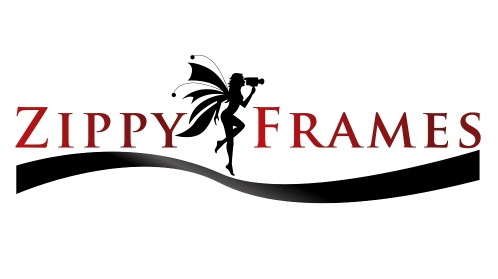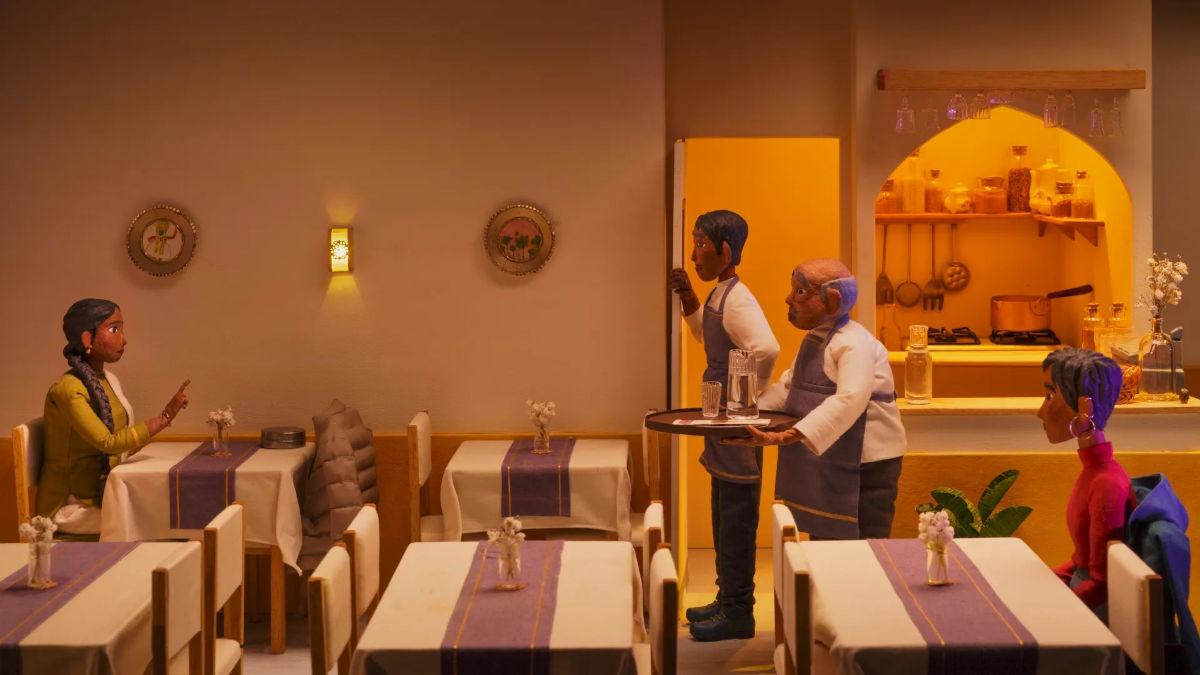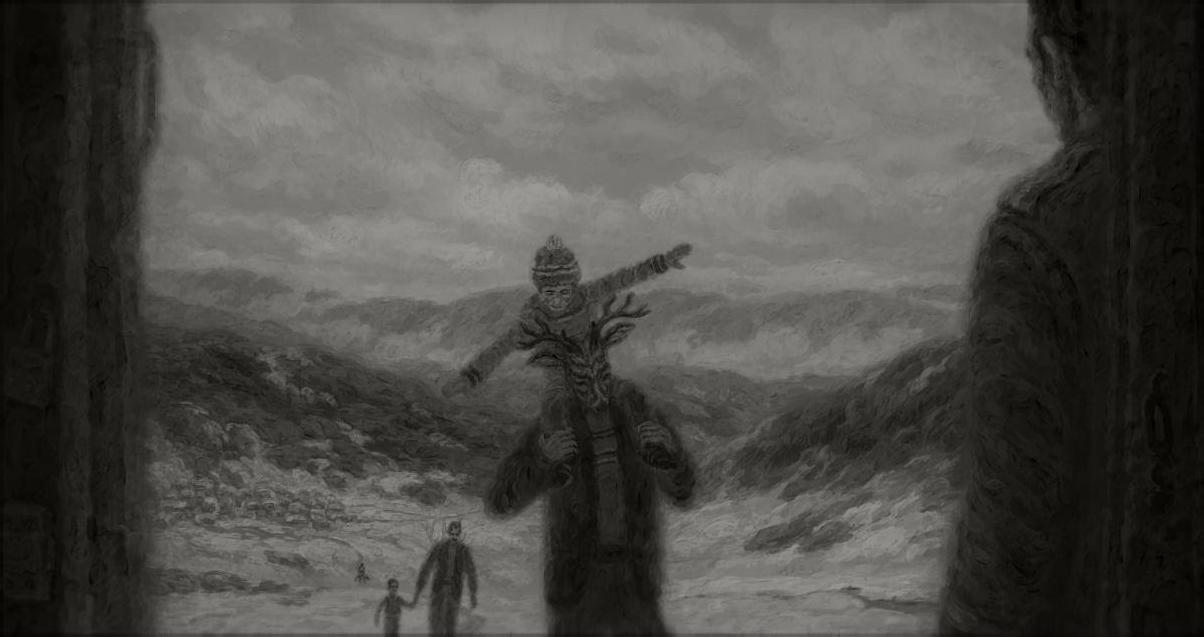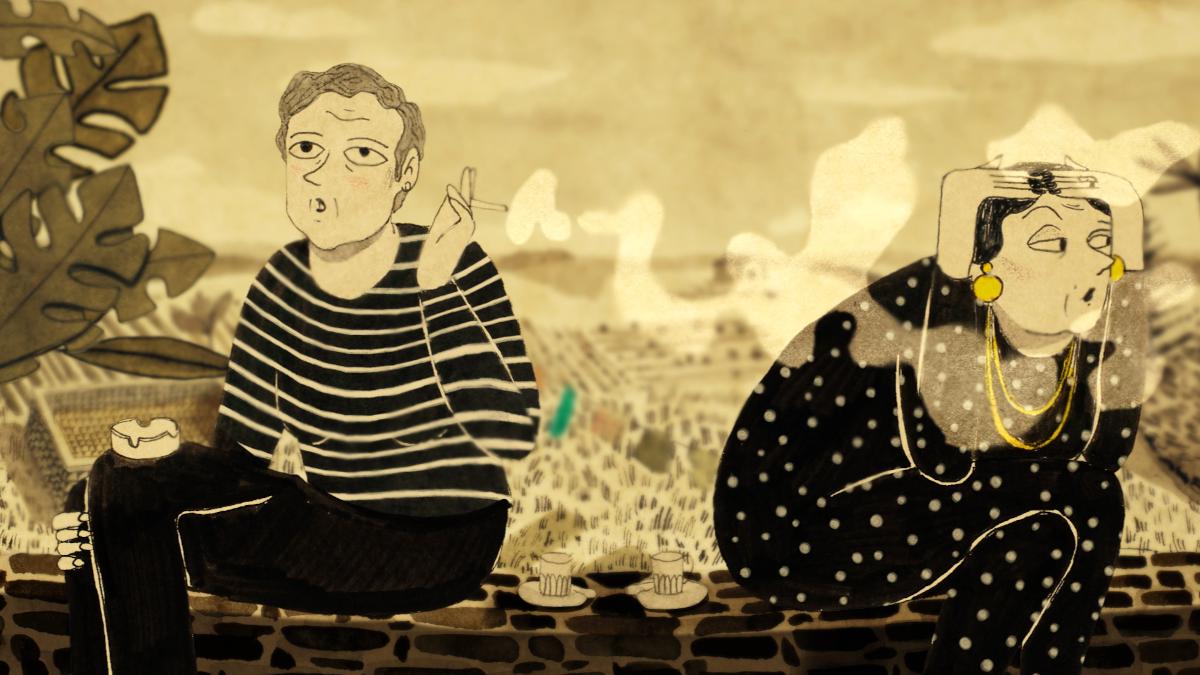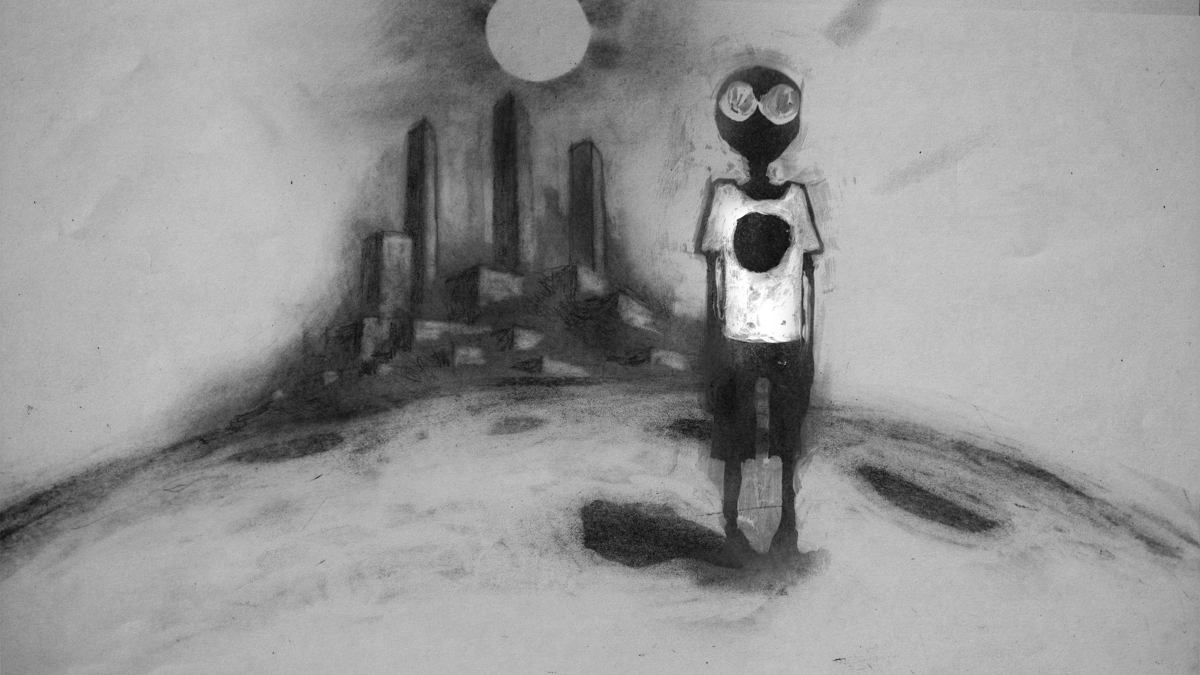Independent Animation Shorts
Little Dan by Yingdan Lai: Animated Memories
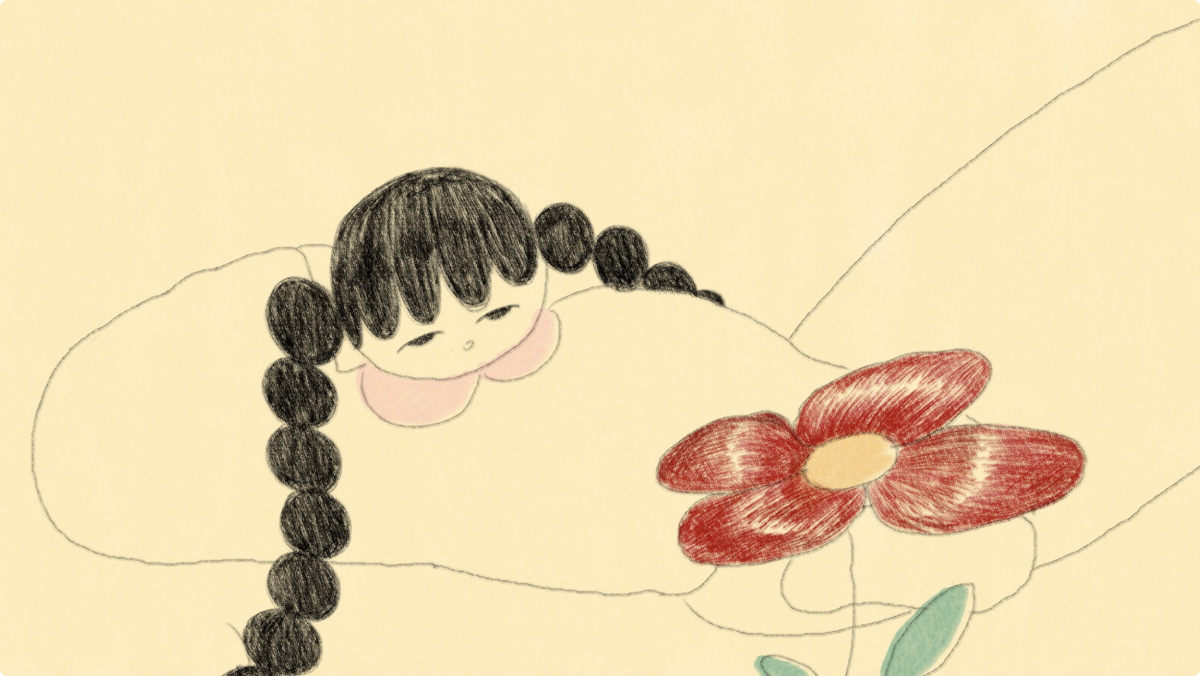
A girl, a park, and a 2D animation film full of memories. CalArts graduate, US-based indie animator Yingdan Lai crafted 'Little Dan', a 2D animation short that has a girl reminiscing about the little pleasures when being of a young age.
The film is now available online via our Shorts Corner, and we talked to the director, Yingdan Lai.
ZF: -' Little Dan' has much of an autobiography feel, but I wondered what specific event triggered you to make this film (if any). And if you can tell us more about the title
YL: Childhood has always been a big part of my work, even though I did not realize how important it was to me until later. I was an only child, and both of my parents worked full time. I went to boarding school far from home and only came back on weekends. There were no kids my age nearby, so I spent a lot of time by myself. One clear memory is of a small amusement park near my house. It was surrounded by tall trees and sat halfway up a hill, feeling kind of magical. I spent many afternoons there, eating a green jelly popsicle called Green Tongue, painting plaster dolls, or playing in an inflatable castle. I talked to myself and explored alone. Looking back, I really cherish those quiet, simple moments. The film’s title, 'Little Dan', comes from my nickname :) It is like a conversation with my younger self, connecting memories like pearls on a string.
ZF: Did you have to go deep into old photos, written records, and travel back to China to refresh your memories? Or did you rely on your visual memory of the events?
YL: The photo at the end of the film is one of my few childhood pictures. All my childhood photos are kept in an old rectangular box that used to hold a leather belt. There are not many..so each one feels special and tells its own story. When I made the film, I did not have many visual references. I rely more on my memory or imagination. I feel memory and imagination are very close. When we remember something, we are recreating it through imagination. So I trusted my internal sense of childhood, and the visuals appeared.
Actually, I did visit the amusement park once to find more traces of my memory. But almost everything was gone except a small red kiddie car near the entrance... The park was abandoned. I asked myself why I had never come back before. I used to love this place! So in the haze of memory, I tried to hold onto that feeling of longing.
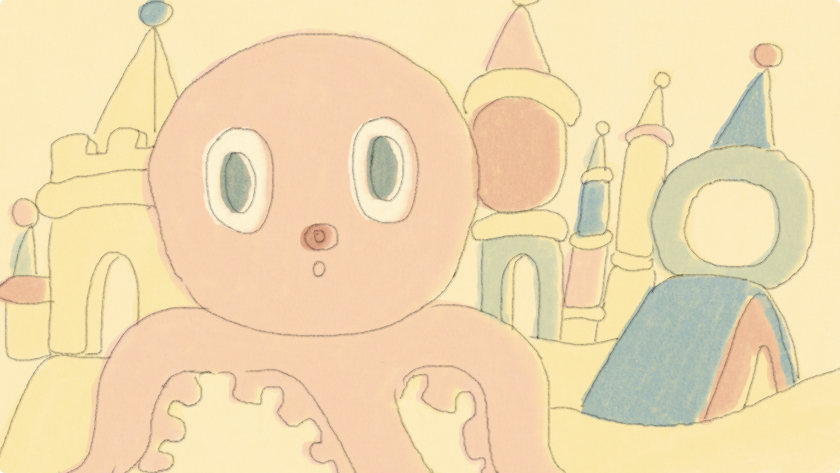
ZF: You've made short animation films before. How does 'Little Dan' differ from those? Were there any particular challenges you faced in making it?
YL: Yes, I studied animation back as an undergrad, so it has been part of my life for a long time. But 'Little Dan' was special for me; it was the first time I started using animation to explore myself. I obtained my BFA in an art school in China, where animation training focused a lot on creating within set topics, even for our thesis films. It felt a bit like swimming in a small, safe pool, but also limiting. After graduating, I wanted to experiment more and tell personal stories. With 'Little Dan', I was finally drawing from my own memories and creating in a way that felt honest. It was also my first time trying experimental animation techniques, which was both exciting and tough: what I imagined in my head turned out differently on screen.. But figuring it out along the way made me feel alive. That process helped me realize where my passion lies.
ZF: I liked that the film flows almost effortlessly, from one scene to another, like a dream. Did you work with a specific storyboard in mind, or did you directly animate?
YL: I did not work from a full storyboard from beginning to end. I had a strong sense of how I wanted the film to feel: dreamlike, flowing, and returning to reality at the end. And the body of the film was built from fragments of memory. I listed several childhood moments and selected from them to animate. It was assembled intuitively. As I started writing down those moments, I realized many of them took place in the same location, a small amusement park near my home, and most of the memories were of me playing alone. That space began to stand out as a kind of emotional anchor. So I did not force a plot. I let the park become the setting and held everything together. That is why the opening scene shows a wide view of the park, which sets the tone for the whole film.
ZF: What were the main directives you followed in your character design and color palette? Could you tell us more about the animation procedure you used?
YL: For the character design, I cared more about how the characters moved than making them super unique. I knew I wanted it to feel soft and dreamy because of “memory”. So the characters are round and jelly-like, gently floating through space. The color palette is a pale buttery yellow, which creates a nostalgic mood. The lines are rough and pencil-drawn, with soft, faded watercolor textures like old photos.
All animation was done in TVPaint. I planned the project on paper by writing keywords, imagining the motion. Each sequence was animated separately. A big experiment and challenge here was animating hand-drawn frame-by-frame camera movement to give the feeling of a clumsy old CCD camera. Because I wanted the film to feel like one continuous take, flowing like memory itself, I put a lot of effort into the transition animations. I also experimented with weaving loop animation inspired by Caleb Wood’s Totem, especially in the scene showing the girl’s inner world, which ended up being one of my favorite parts of the film. Overall, my goal is to make the movement in my animation interesting and unconventional.

ZF: Do you think memory has a dream-like quality as years pass and you move away from the real events? Would that describe your film as well?
YL: Memories often feel like they are covered by a thin veil. My childhood memories are blurry because they are distant, but also clear because of my strong attachments to them. In my film, I wanted to make those blurry parts more tangible by filling them in with imagination. For example, in my memories of the inflatable castle, I always remember running alone, from one end to the other, endlessly looping.. I am sure there were other kids in the castle, but I do not have any images of playing with them since I usually went there alone. So, I chose to animate the castle from a first-person perspective, turning a blurry, dream-like memory into something more vivid.
ZF: Is childhood a constant concern in your work? And what are the next steps for you?
YL: Much of my work has been driven by my subconscious and focuses on childhood. I spent a lot of time alone as a child, but I never really felt lonely. I would talk to myself, entertain myself, explore, and imagine. Some of these ideas are so vivid that I still remember them clearly after many years. That is why I want to use animation to revisit those feelings and keep them alive. Also, there is something raw and honest about childhood, before the world shapes us. After making Little Dan, I made 'Fish'. It is an animated film currently playing at festivals. The story is inspired by my childhood and tells about a girl’s love-hate relationship with her pet fish. I am still very much in conversation with my younger self!
Watch 'Little Dan'
About Yingdan Lai
Yingdan Lai is a freelance animator and teaching artist originally from China, currently based in California. She is known for her short films that have screened at a range of international animation festivals. Her work focuses on narrative experimental animation, often featuring unique and unexpected character performances inspired by her childhood. She received her MFA in Experimental Animation from the California Institute of the Arts in 2024. Currently, she teaches in the CalArts Community Arts Program and continues making her new films.
